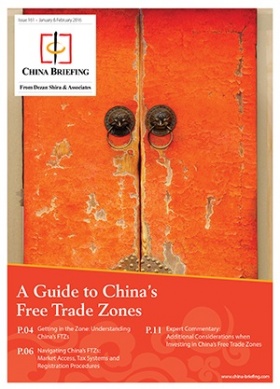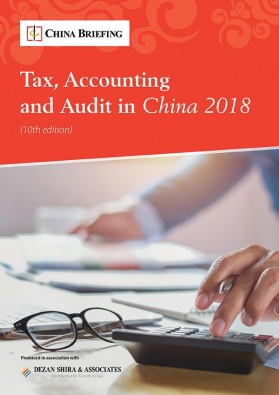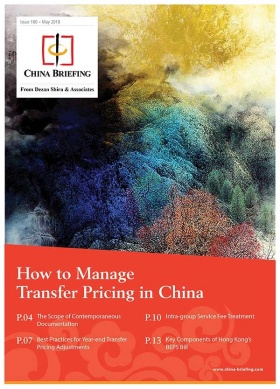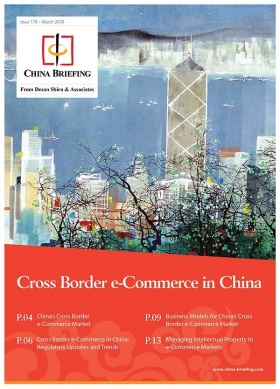New China Tariff Cuts to Lower Costs for Manufacturers, Consumers
China announced new tariff cuts on September 26, with a view to further lowering costs for manufacturers and consumers.
Together with the reductions announced earlier this year, China’s tariff cuts should lower import costs by RMB 60 billion (US$8.73) in 2018.
Although China’s high tariff rates have been a frequent point of attack for US President Donald Trump amid the trade war, these tariff cuts are not a concession stemming from trade negotiations.
Rather, they are a measure to blunt the impact of US tariffs on Chinese businesses.
Import tariff cuts effective from November
The latest round of tariff cuts will go into effect on November 1, 2018 and will reduce tariffs on 1,585 taxable items.
Items affected by the tariff cuts include: machinery, textiles, paper products, and construction materials.
According to a statement released by the State Council, significant tariff reductions include:
- Electronic equipment and other industrial products reduced from 12.2 percent to 8.8 percent;
- Textiles and building materials reduced from 11.5 percent to 8.4 percent;
- Paper and other resource products reduced from 6.6 percent to 5.4 percent.
Lowering costs for manufacturers in China
Compared to the last two rounds of significant tariff cuts, which mainly targeted consumer goods, this round lays greater emphasis on industrial products and materials often used for manufacturing.
The tariff relaxations will result in meaningful cost savings for businesses that frequently import products affected by the deepening US-China trade war.
In fact, in the first eight months of the year, China imported US$632 billion worth of machinery and electrical equipment. The new tariff cuts should therefore partially offset the high US tariff impositions.
China’s supply-side reforms
While the timing of these cuts can be put down to the trade war, they also fall into China’s wider supply-side reform policy. China aims to boost its domestic consumption, lower the costs of doing business in the country, and upgrade its production capabilities.
Last year – before the US-China trade dispute began in earnest – China substantially cut tariffs on a range of consumer goods.
Thus, slashing import tariffs are just the latest in a series of moves that China is making to strengthen its macroeconomic foundations. Other moves include: expanding export tax rebates, tax cuts for small and micro enterprises, tariff cuts for select countries, and regional FDI incentives.
About Us
China Briefing is produced by Dezan Shira & Associates. The firm assists foreign investors throughout Asia and maintains offices in China, Hong Kong, Indonesia, Singapore, Russia, and Vietnam. Please contact info@dezshira.com or visit our website at www.dezshira.com.
- Previous Article An Introduction to Doing Business in China 2018-19 – New Publication from Dezan Shira & Associates
- Next Article Las ciudades de mayor crecimiento en China










